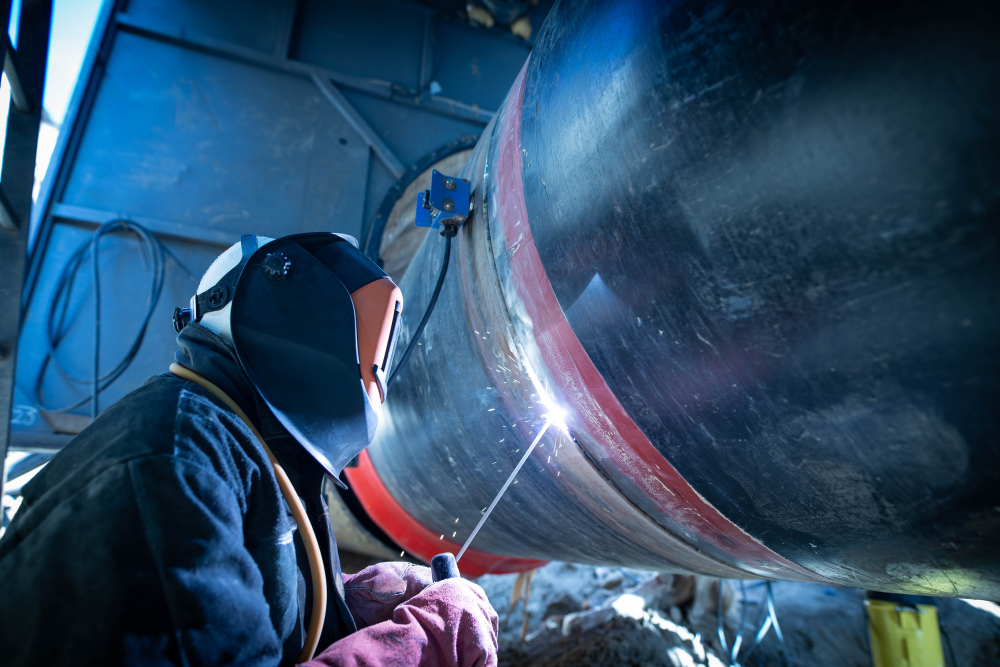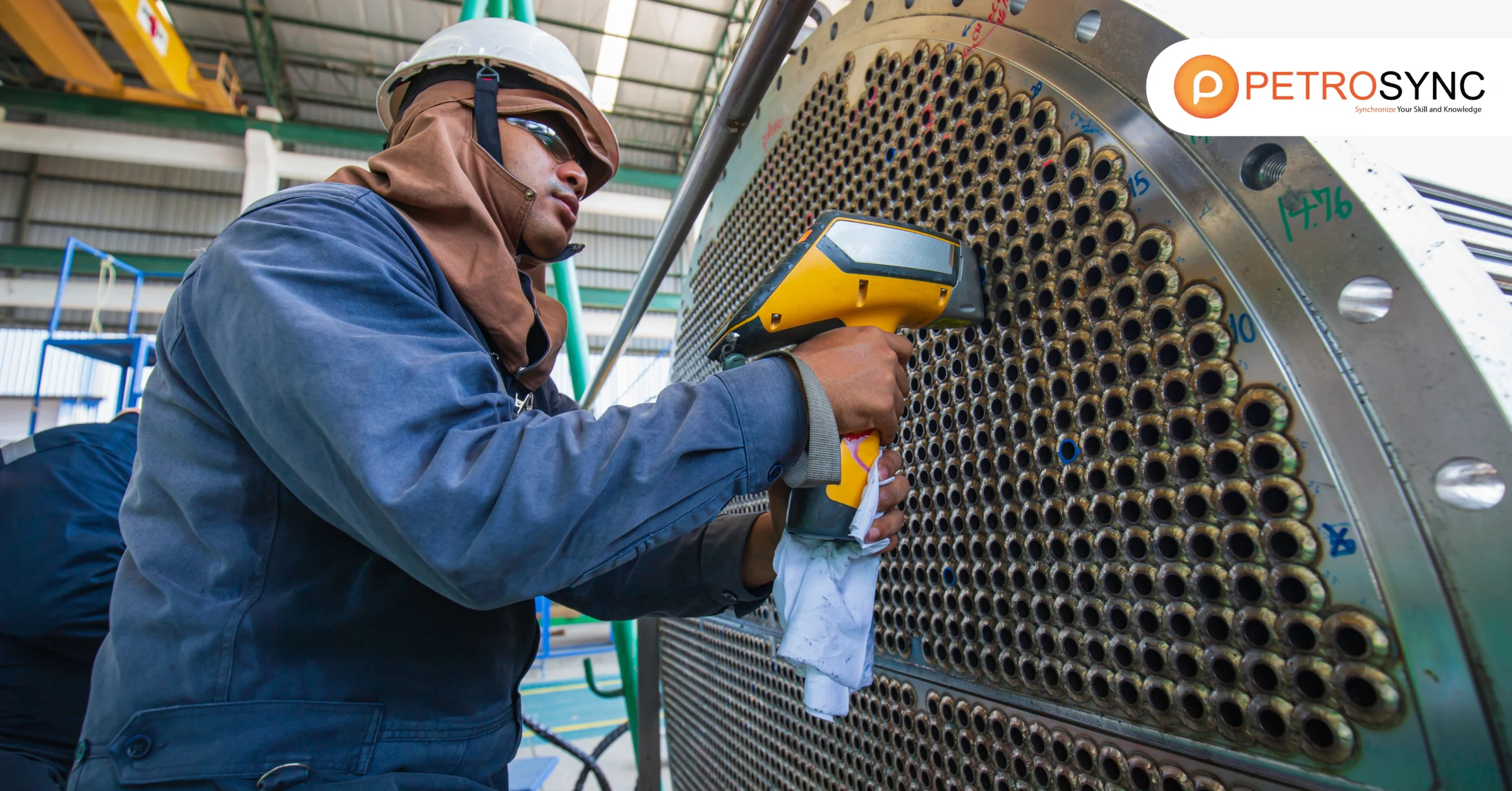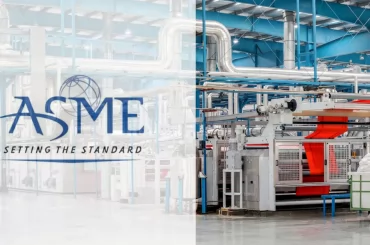In the dynamic fields of oil and gas, petrochemicals, and energy, the meticulous qualification of welding, brazing, and fusing procedures holds paramount importance. ASME Section IX serves as a vital tool in regulating and defining the standards for these critical processes. This article delves into the essential principles in ASME Section IX, unraveling its vital role in the fabrication of components crucial to the oil and gas, petrochemical, and energy industries.
What Is ASME Section IX?
ASME Section IX is a segment of the ASME Boiler and Pressure Vessel Code that comprises regulations governing the qualification of welding procedures and welders. This section includes the formulation and examination of welding and brazing procedures, ensuring their adherence to stringent quality and safety criteria.
In essence, ASME Section IX provides comprehensive guidelines to ascertain the appropriateness of welding practices, guaranteeing the reliability and structural integrity of components subjected to pressure. It serves as an indispensable resource in maintaining the standards necessary for the secure operation of diverse structures and equipment.
What Is The Difference Between ASME Section IX and AWS D1 1?
D1.1 addresses fabrication, erection, inspection, and welder and welding procedure qualification. On the other hand, ASME Section IX, a part of the ASME Boiler and Pressure Vessel Code, primarily focuses on the qualification of welding procedures and welders. It provides guidelines for developing and testing welding and brazing procedures to ensure they meet specific quality and safety standards, especially for components under pressure.
AWS D1.1, developed by the American Welding Society (AWS), concentrates on structural welding in the construction industry. This code outlines the requirements for welding structural steel, such as buildings and bridges. It covers aspects like design, qualification, and inspection of welded connections in structural applications.
In summary, while D1.1 comprehensively addresses fabrication, erection, inspection, and welder and welding procedure qualification, ASME Section IX is more broadly concerned with welding in various applications, emphasizing procedures and qualifications. AWS D1.1 specifically focuses on welding for structural steel in construction projects, encompassing design, qualification, and inspection of welded connections. Each code serves its purpose within its respective domain, contributing to the overall safety and reliability of diverse engineering applications.
What Are ASME Section IX Scope and Organizations?
ASME Section IX establishes guidelines for qualifying welding, brazing, and fusing procedures required by other sections of the Boiler and Pressure Vessel Code (BPVC) for making components. It also addresses the qualification and requalification of individuals involved in welding, brazing, or plastic fusing, such as welders, brazers, and machine operators.
The qualification process ensures that these personnel can perform their tasks under the requirements outlined in other BPVC sections during component manufacturing. The data provided in this section cover both essential and nonessential variables specific to the joining processes used.
The application of ASME Section IX is essential for users to adhere to relevant regulations in their jurisdictions. By following the guidelines within this section, manufacturers, users, constructors, designers, and other stakeholders involved in the design, fabrication, assembly, erection, examination, inspection, and testing of pressure vessels can achieve operational, cost, and safety benefits. These guidelines reflect industry best practices, contributing to the overall reliability and integrity of pressure vessel components.
The intended audience for ASME Section IX includes manufacturers, users, constructors, designers, and any entities responsible for the design, fabrication, assembly, erection, examination, inspection, and testing of pressure vessels. This section serves as a comprehensive resource to ensure that welding and related processes are conducted in compliance with standards and regulations, promoting the safe and efficient operation of pressure vessels.
What Is ASME Section IX Latest Edition?
The latest edition of ASME Section IX is the 2023 edition. It was revised and became effective on July 1, 2023. This edition contains the most current guidelines and standards for the qualification of welding procedures and welders. ASME Section IX is a part of the American Society of Mechanical Engineers (ASME) Boiler and Pressure Vessel Code, and the latest edition reflects the latest industry practices and safety standards related to welding qualifications.
|
Aspect |
Details |
| Document Name | ASME BPVC-IX |
| Latest Edition | 2023 Edition, July 1, 2023 |
| Revision | July 1, 2023 |
| Published Date | July 1, 2023 |
| Status | Active, Most Current |
| Document Language | Not specified |
| Published By | ASME International (ASME) |
| Page Count | 424 |
| ANSI Approved | No |
| DoD Adopted | No |
What Are The Key Changes Included in ASME Section IX Latest Edition?
The latest edition of ASME Section IX, which came into effect on July 1, 2023, includes several key changes:
1. QG-108 Revision
QG-108 has been updated to remove the 1962 provision. It now provides clearer guidance on the status of old Procedure Qualification Records (PQRs) when creating a Welding Procedure Specification (WPS) in a later edition.
2. Definition Addition
The definition of “initial heating interfacial pressure” has been added to QG-109.2. Additionally, previous omissions of “sidewall-fusion” have been included in relevant definitions within QG-109.2.
3. Table QW-264 Requirement
A new requirement in Table QW-264 has been introduced. It includes carbon equivalent limits for applicable steel alloys when laser welding is performed. This addresses the heightened risk of cracks occurring in such welding processes.
4. QW-403 Paragraph Addition
A new paragraph in QW-403 introduces a new variable for a change in base metals, providing additional considerations in the welding process.
5. Table QW/QB-422 Revision
Table QW/QB-422 has been updated to include weld metals based on SFA classification, specifically SFA-5.9, SFA-5.18, & SFA-5.28. It also incorporates an explanatory note (QW-424.3) and includes base metal specifications and grades for IRAM-IAS U 500-42, which is an Argentinian standard for the structural use of hot rolled carbon steel sheets.
6. Nonmandatory Appendix L Revision
Nonmandatory Appendix L has undergone revisions to further clarify the qualification requirements for welders and welding operators, providing clearer guidelines for compliance with the standards.
In summary, this standard plays a crucial role in guiding welding, brazing, and fusing qualifications, especially in manufacturing, construction, and industries like oil and gas, petrochemicals, and energy.
This part of the Boiler and Pressure Vessel Code sets high standards for welding procedures and the individuals involved, ensuring utmost safety and reliability.
While dealing with the intricacies of pressure vessel components, ASME Section IX is an essential tool, promoting precision and excellence in welding practices. Adhering to these standards allows industries to confidently conduct their operations, knowing they follow the best practices in the field.
If you are interested in this field of topic, consider API 510 training and API 570 training by PetroSync. These courses comprehensively cover ASME Section IX, as we deeply aware of the importance of welding practices and ensuring you are well-versed in industry standards.
Credit header image: Freepik

SEO specialist by day, fact-checker by night. An avid reader and content writer dedicated to delivering accurate and engaging articles through research and credible sources.






